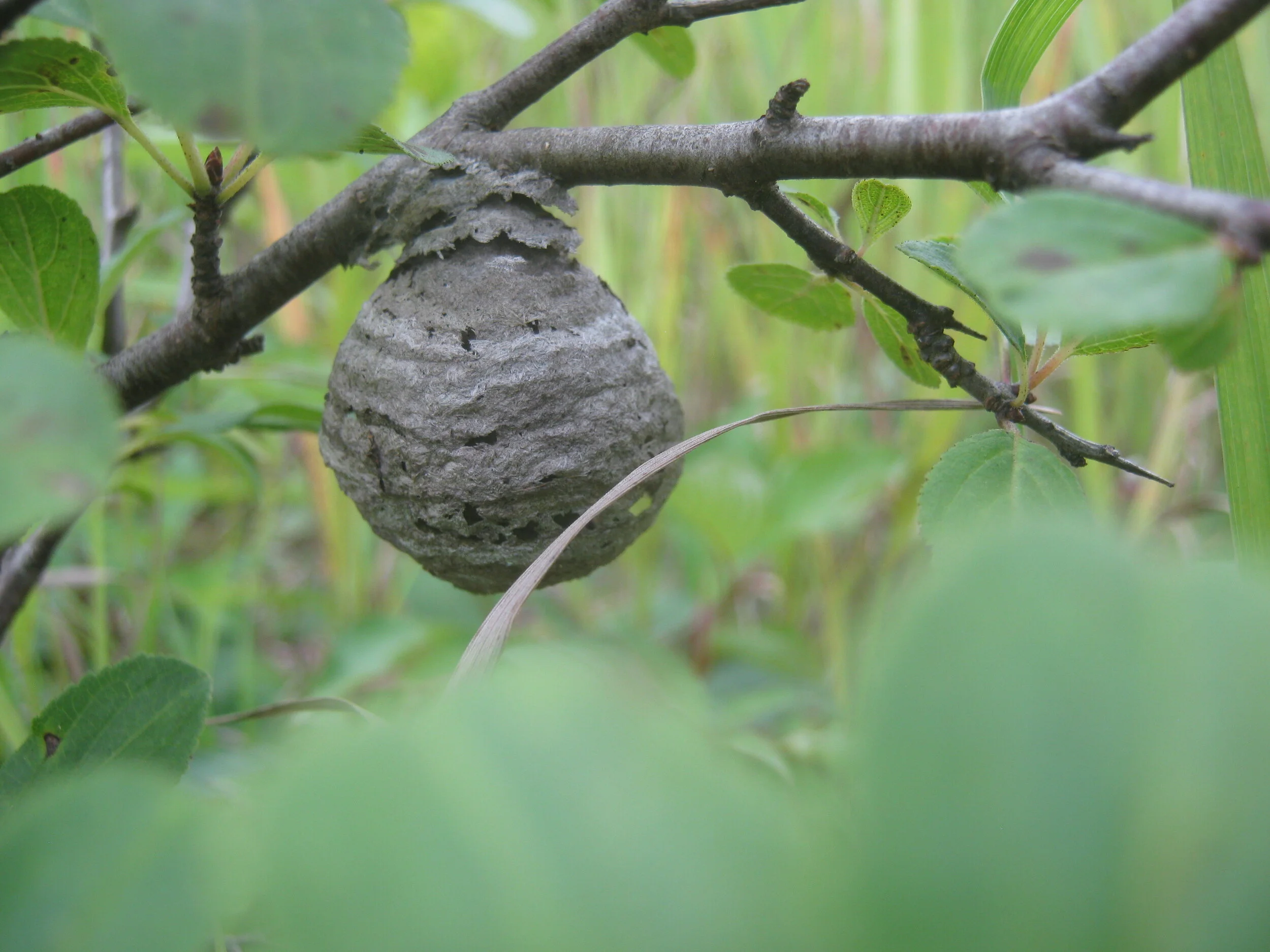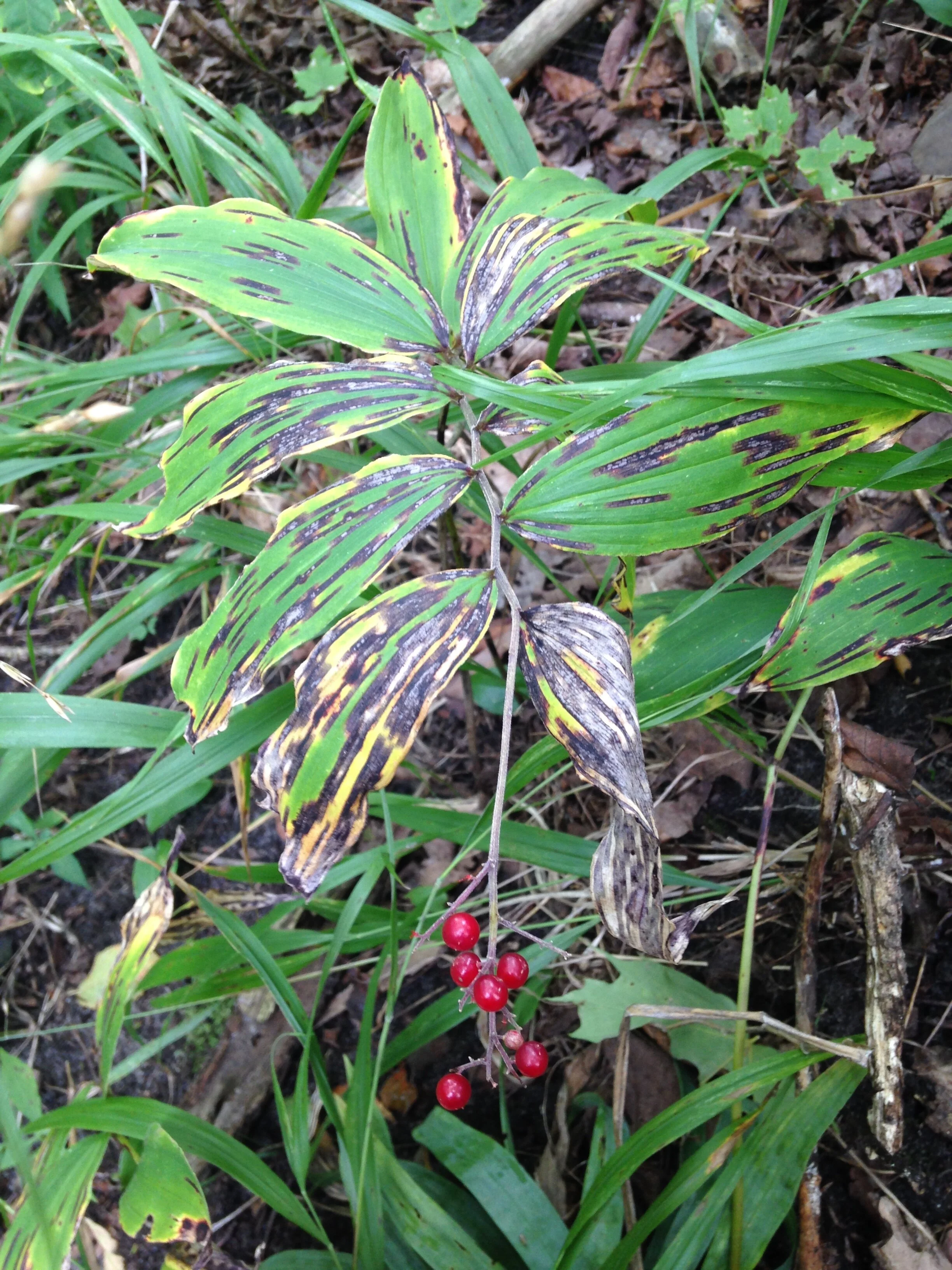Question Book 3 : The Return of Question Book
Again, these are question that come from observations in the field, from discussion with students and colleagues, or just from late night wonderings. I write them out in a physical book so I will not lose them and try to make time later to answer them. This process is half inspired by some awesome grade school teachers that I had, as well as pals Ruta and Danny B for their explanations of their “morning research” routine. On to the questions!
Does fire kill the Corona Virus?
A study from 2010 researching a viral cousin of COVID-19 found that CORONA Virus’ have a longer lifespan in cooler temperatures than in warmer temperatures. At 4°C, infectious Virus persisted for as long as 28 days, 20°C from 5-28 days, and at 40°C inactivation of the Virus occurred within a few hours. So, extrapolating from these findings, I would say that fire certainly does kill the Corona Virus.
Or instead, you can just read this article about an Australian man, driven mad by xenophobic fear of cardboard boxes made in China, who burned down his grocery store to try and save his customers from the Virus.
How do Wasps keep track of territorial boundaries?
Males of a Paper Wasp subspecies in the tropics, Polistes major, mark their perches where they hang out, and defend their patrol routes from other males. In the paper where I read this also says “much like other male vespids”, so perhaps most Wasp and Hornet species do this? But, the question still remains unanswered: How? Are they urinating on their perches? Biting them? Leaving pheromones? I have posed the question to the biologist subreddit in hopes of getting an answer from experts and enthusiasts on there, but we’ll see.
Nest of an Aerial Yellowjacket (Dolichovespula arenaria) Queen hanging from European Buckthorn (Rhamnus cathartica).
How much does a Mink weigh vs. an Eastern Grey Squirrel?
This question came about during a tracking mission before work one day. I was walking towards a clearing where I’d found some Doe and Fawn tracks a couple of days before while out with some friends, just about to cross a small creek when up the bank scurried a small animal with dark pelage who, upon seeing me coming, immediately twisted around and disappeared back towards the creek. They were so close I could feel their weight writhing around through my boots. It all happened so fast that I wasn’t entirely certain as to who it was, but I immediately thought of Mink (Neovison vison) or possibly an Eastern Grey Squirrel (Sciurus carolinensis).
Here are the weights according to the book “The Natural History of Canadian Mammals” by Donna Naughton (this book is fantastic!)
Eastern Grey Squirrel : 340 - 831 g (12 - 29 oz)
American Mink : males: 548.5 - 1741 g (19.3 - 61.4 oz), females 424.7 - 856.8 g (15 - 30.2 oz)
Both animals body weights will vary throughout the year (heavier in autumn), and since this was in the late end of August, I bet the animal had been plumping up. Thinking of their quick fluid movement, their proximity to the water and the weight I felt through the ground and my boots from maybe a meter and a half away, I’d guess it was a Mink.
Crisp Mink (Neovison vison) tracks in the shallow snow, from Jan. 27, 2020
How does hand sanitizer effect other than human animals, especially insects, amphibians and reptiles?
There isn’t much written on this on the internet, just some basic common sense around keeping hand sanitizers (especially ones full of alcohol) out of the mouths and reach of your larger pets like dogs, lest they ingest it and then deal with the ensuing alcohol poisoning.
Due to permeable nature of amphibian skin, some common disinfectants might be extra harmful; permeable skin that leaves them more sensitive to toxicity or irritation from anything that touches them. I’ve found a couple suggestions towards washing hands more regularly and thoroughly rinsing the soap off after. Also, when handling toads, frogs, salamanders and other amphibians to try and hold them with wet hands so as to not draw moisture away from their bodies, but refrain from wetting your own hands with chlorinated water (most tap water), as chlorine compounds can be toxic to amphibians.
Green Frog - Lithobates clamitans
Who eats False Solomon Seal berries?
False Solomon Seal (Maianthemum racemosum) berry with seed extracted
I was recently at Hockley Valley Provincial park when I stopped by the False Solomon Seal (Maianthemum racemosum) and examined the berries. I got to wondering who eats the berries?
According to the Lady Bird Johnson Wildflower Centre’s website, Birds and small mammals tend to eat the berries, while White-tailed Deer browse the leaves. American Wildlife and Plants (Martin, Zim, Nelson, 1951) says Olive-backed Thrush (Catharus ustulatus) and the Grey-cheeked Thrush (Catharus minimus) consume the berry. People may sometimes also eat the berries, but there is only one account (Peterson Field Guide to Edible Wild Plants, Eastern/Central, pg 52 ) in all of the literature I have.
Another name for the False Solomon Seal is “False Spikenard”.
Ripe berries and fading leaves of the False Solomon Seal (Maianthemum racemosum)





